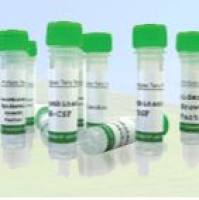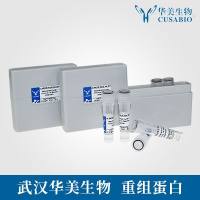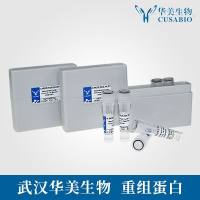The Coagulation System in Humans
互联网
411
Complex, interrelated systems exist to maintain the fluidity of the blood in the vascular system while allowing for the rapid formation of a solid blood clot to prevent hemorrhaging subsequent to blood vessel injury. These interrelated systems are collectively referred to as haemostasis. The components involved in the haemostatic mechanism consist of vessel walls, platelets, coagulation factors, inhibitors, and the fibrinolytic system. In the broadest sense, a series of cascades involving coagulation proteins and enzymes, as well as cell surfaces (platelets and endothelial cells), work together to generate thrombin, the key enzyme in coagulation, subsequently leading to the formation of a fibrin clot. However, there also exist direct and indirect inhibitors of thrombin to ensure that clot formation does not go uncontrolled. Once the fibrin clot is formed, the fibrinolytic system ensures that the clot is lysed so that it does not become a pathological complication. Taken together, the systems exist to balance each other and maintain order. The balance of coagulation and fibrinolysis keeps the haemostatic system functioning efficiently.








